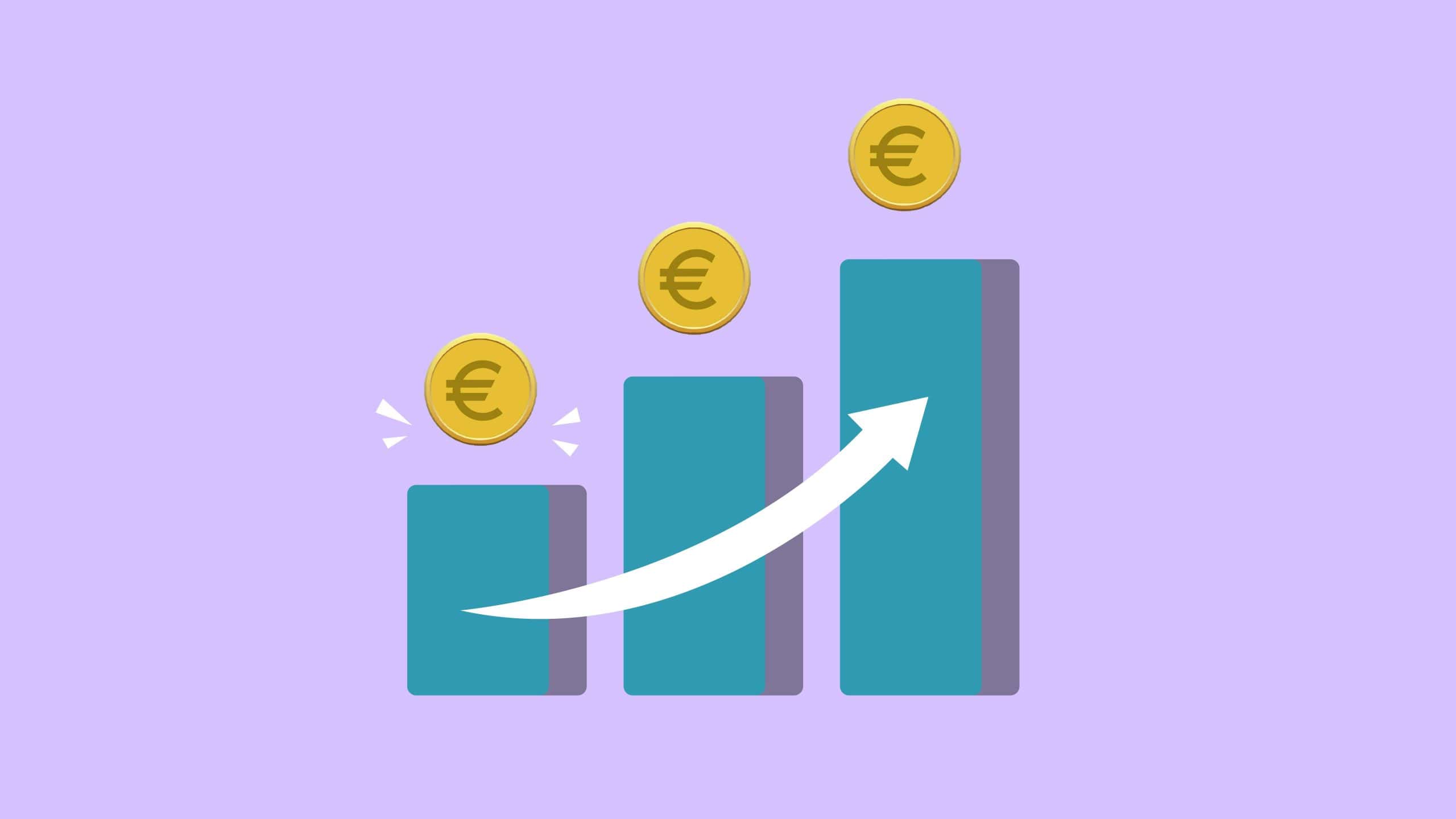In a world where traditional sales and marketing techniques are increasingly losing their effectiveness, a new approach is swiftly gaining momentum: Product-Led Growth. This revolutionary strategy puts the product itself at the forefront of driving user acquisition, retention, and expansion. Imagine a business model where the product not only speaks for itself but also actively guides users through their journey, converting them into loyal advocates along the way. From tech startups to established enterprises, organizations across industries are embracing this powerful concept as they witness its remarkable impact on revenue growth and customer satisfaction. Join us as we delve into the essence of Product-Led Growth, unpacking its definition and unraveling why it’s becoming the go-to strategy for forward-thinking companies in today’s competitive landscape.
What is Product Led Growth?
At its core, Product Led Growth (PLG) is a modern business strategy that prioritizes the product itself as the main driver of growth and customer acquisition. Unlike traditional sales and marketing approaches, PLG focuses on creating a seamless user experience that encourages self-service adoption and viral referrals. By allowing users to easily sign up, onboard, and derive value from the product without the need for human intervention, companies can scale rapidly and efficiently.
One key aspect of PLG is its emphasis on delivering a product that not only solves a problem for customers but also provides them with continuous value throughout their journey. This approach fosters strong user engagement, increases retention rates, and ultimately leads to sustainable growth over time. Additionally, by capturing feedback directly from users within the product interface, companies can make data-driven decisions to iterate quickly and enhance the overall user experience—an iterative process essential for achieving long-term success in today’s competitive market landscape.

Characteristics of PLG companies
Product Led Growth (PLG) companies share several key characteristics that set them apart in today’s competitive business landscape. One of the defining features is their customer-centric approach, which prioritizes user experience and product value above all else. These companies leverage their products as the primary driver of growth, focusing on creating high-quality, intuitive offerings that naturally attract customers.
Another distinguishing trait of PLG companies is their emphasis on self-service capabilities. By allowing users to discover, onboard, and maximize the value of their products independently, these firms empower customers to engage with the product at their own pace and convenience. This self-serve model not only drives engagement and adoption but also fosters a sense of ownership and loyalty among users.
Benefits of adopting a PLG strategy
One of the key benefits of adopting a Product Led Growth (PLG) strategy is the ability to drive organic user acquisition. By focusing on creating a product that users love and find value in, companies can leverage word-of-mouth marketing and viral loops to attract new customers without heavy reliance on traditional sales and marketing tactics. This not only helps reduce customer acquisition costs but also leads to higher quality leads as users come in already familiar with the product’s value proposition.
Another advantage of implementing a PLG strategy is the emphasis on user feedback and data-driven decision making. With direct access to how users interact with the product, companies can gather valuable insights into user behavior, pain points, and preferences. This continuous feedback loop allows for quick iterations and improvements, leading to better user experiences and higher retention rates. Ultimately, this customer-centric approach can help organizations stay agile and better meet the evolving needs of their target audience.
Additionally, a PLG approach fosters a culture of self-serve adoption and empowers users to explore and derive value from the product independently. By offering free trials or freemium models with clear paths towards premium features, companies can let users experience firsthand how their products solve their problems – which often translates into more committed customers in the long run. This autonomy not only drives user engagement but also builds trust and loyalty as customers feel empowered in their own journey with the product.
In conclusion, embracing a Product Led Growth strategy brings about a shift towards understanding the intrinsic value of putting your product at the forefront of your growth efforts rather than relying solely on traditional sales tactics – resulting in sustainable growth through happy customers who see real worth in what you offer.

Examples of successful PLG companies
One prime example of a successful PLG company is Slack. With its user-friendly interface and focus on product-led growth, Slack revolutionized the way teams communicate and collaborate in the workplace. By offering a free version with premium features, Slack attracted millions of users who then became advocates for the product within their organizations, driving organic growth.
Another standout success story in the realm of PLG is Canva. By providing a powerful yet intuitive design platform that caters to both individual users and businesses, Canva has grown rapidly through word-of-mouth referrals and viral sharing of designs created on the platform. This emphasis on offering a superior product experience without heavy reliance on traditional sales tactics has allowed Canva to become a household name in the design industry within a relatively short period.
Zoom serves as an exemplar of leveraging product-led growth to achieve astronomical success in the video conferencing space. Through its freemium model that allows users to seamlessly join meetings without creating an account, Zoom prioritizes user experience and simplicity. This approach not only accelerated user adoption but also led to widespread adoption across various industries, solidifying Zoom’s position as a dominant player in its market segment.
Challenges in implementing PLG
One of the key challenges in implementing Product Led Growth (PLG) is ensuring alignment across different teams within the organization. In traditional models, various departments may work in silos, but with PLG, there needs to be a cohesive approach where product, sales, marketing, and customer success all collaborate seamlessly. This requires a shift in mindset and culture that can be challenging to achieve.
Another hurdle is accurately measuring the success of a PLG strategy. While metrics like user engagement and conversion rates are important indicators, tracking the real impact on business growth can be more complex. Connecting product usage data to revenue outcomes and customer lifetime value requires sophisticated tools and analytical frameworks that many organizations struggle to implement effectively. Thus, overcoming this measurement challenge is crucial for validating the ROI of PLG initiatives.

Strategies for effective PLG adoption
Creating a Seamless User Experience: One of the key strategies for successful PLG adoption is to focus on creating a seamless user experience throughout the product journey. From onboarding to ongoing usage, every touchpoint should be designed with the user in mind. By prioritizing simplicity, intuitiveness, and value, you can ensure that users not only adopt your product but also become loyal advocates who drive growth through word-of-mouth referrals.
Leveraging Data-driven Insights: Another critical strategy is to leverage data-driven insights to continuously optimize your PLG approach. By tracking user behavior, analyzing metrics, and conducting regular feedback loops, you can identify areas for improvement and fine-tune your product to better meet user needs. This proactive approach not only enhances the overall user experience but also strengthens the foundation for sustainable growth in a competitive market landscape.
In conclusion, effective PLG adoption requires a holistic approach that blends design excellence with data intelligence. By focusing on building a seamless user experience and leveraging data-driven insights, companies can position themselves for success in driving organic growth through product-led strategies.
Conclusion: The future of Product Led Growth
As we look ahead to the future of Product Led Growth (PLG), one thing is certain: its impact on the SaaS industry will only continue to grow. With companies shifting their focus towards customer-centric strategies, PLG offers a unique approach that puts the product at the forefront of customer acquisition and retention. This model not only promotes self-service and easy adoption but also empowers users by allowing them to experience the product value firsthand.
With advancements in technology and more tools becoming available to facilitate PLG strategies, we can expect this methodology to become even more refined and personalized in the coming years. The key lies in leveraging data analytics, user feedback, and automation to continuously iterate on product offerings and provide tailored experiences for each customer segment. By putting the power in users’ hands, companies embracing PLG are poised to drive sustainable growth and build long-lasting relationships with their customers. Ultimately, it is clear that Product Led Growth is here to stay as a revolutionary approach reshaping how businesses succeed in a rapidly evolving digital landscape.